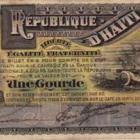ADVERTISEMENT
haiti independence
Jean-Jacques Dessalines born in Grande-Rivière-du-Nord
Jean-Jacques Dessalines, the Father of Haitian independence was born in Grande-Rivière-du-Nord
Grande-Rivière-du-Nord is the place where Haiti's slave rebellion began, and it was the site of Grade Rivière du Nord Battle.
During U.S. Occupation between 1915-1934, a rebellion was led by resistance fighter Charlemagne Peralte.
The town contains many attributes. It possesses virgin forestland, produces clean mountain-spring drinking water, and participates in agricultural production.
But its infrastructure is not completely developed with bad roads, and absence of an airport. Projects for the town's urbanization are currently in the works.
Gonaïves City of Historical Importance
Gonaïves, a district located in the Haiti department of Artibonite, is comprised of three communes.
The city contains the Gulf of Gonave harbor, where it exports coffee, cotton, sugar, fruits, and wood products.
It is renowned as Haiti's Independence City, where the Act of Independence was read at its Place d' Armes in 1804.
In 2010 it served as refuge for survivors of the earthquake, depleting its scarce resources. Today it has become a peaceful community.
Battle at ravine a Couleuvre deters French Invasion of Gonaïves
In 1802 Haitian General Louverture fought a battle against French General de Rochambeau's troops. They were encamped at Ravine-a-Couleuvres, preparing to invade Gonaïves.
Louverture encountered Rochambeau's troops while passing through the area on his way to aid General Vernet in defending Gonaïves. This event, named the Battle of Snake Gully, was a murderous battle, preventing Rochambeau from invading and capturing Gonaïves. It also gave General Vernet enough time to torch Gonaïves and escape with his troops, preventing French occupation.
Haitian Revolution
In 1789, the entire Europe was sucked into was because of the French Revolution. This French Revolution also tickled the slave uprising in Caribbean. Over next 5 years France eventually abolished slavery in all its colonies by building on 'Declaration of the Rights of Man'. However, in 1802, Napoleon Bonaparte tried to bring back slavery in West Indies by means of military force and political guile and captured and exiled Toussaint, the commander-in-chief of Island by French Convention and Governor for life of St. Domingue. The fight however continued and in 1804, Dessalines became the ruler of a new nation called Haiti, which means 'Higher Place'.
James Theodore Holly sees Haiti as opportunity for blacks to establish Black nation
A descendent of free slaves in the United States, Reverend James Theodore Holly was baptized and confirmed as Roman Catholic, but left and joined the Episcopal Church in 1851.
He sees the newly independent Caribbean Island of Haiti as an opportunity for blacks to bind together and establish a Black nation in the Western world.
During various governments, he traveled to Haiti in order to negotiate an emigration treaty with the country. Holly later requested from the Board of Missions of the Episcopal Church to be sent to Haiti to serve as a missionary, but was denied. After serving as consul for Liberia at Port-au-Prince from 1864 to1874, Holly was consecrated missionary bishop to Haiti. He continued to live and work in his adopted nation of Haiti, returning rarely to the United States, until his death in 1911
The Battle of Vertieres in the Haitian Revolution
The Battle of Vertières, the last major battle before Haitian Independence. Fought between Haitian rebels and French expeditionary forces on 18 November 1803 at Vertières situated Nord of Haiti. Haitian rebels had already taken over all the territory from France. The only places left to France were Mole St. Nicolas, held by Noailles, and Cap-Français, by Rochambeau
New Year Independence Day - Soup Joumou or Pumpkin Soup
This is a presentation of a typical independence Day in Haiti where we all Haitians will drink the Independence Soup Joumou.
This is a uniquely Haitian tradition dated back to our history during the French colonization of Saint Domingue.
Many brave and zealous Haitians died by fighting for the independence of Haiti hoping that one day they would be free.
When the French were in control, they were the only people who could eat soup because they were in the upper class. Blacks weren't allowed.
Katherine Flon and a Painting of the Haitian Flag
Here is a picture of the Haitian flag with the person who has credit for its creation, Katherine Flon Haitian.
The town of Arcahaie became a famous town due to its historical heritage. This was the place that hosted the 1803 Congress for teh independence of Haiti. The exact date for taht congress was May 14 to May 18.
During the congress, Jean-Jacques Dessalines tore up the French flag and replaced it with a blue and red flag. This is how the Haitian Flag was created.
The beginning of US engagement in Haiti
Here is a picture demonstrating the actual role The US played as Haiti was trying to gain its independence from French colonial power. Unlike working with the Haitians as we did for them during their independence from Britain Secretary of State at the time Thomas Jefferson gave the slave owners in Haiti $700,000, to put down the slave revolution. This amount represented a large sum of money at the time. Since that time, the US has been engaged in Haiti permanently

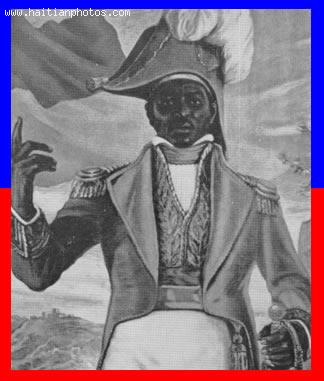
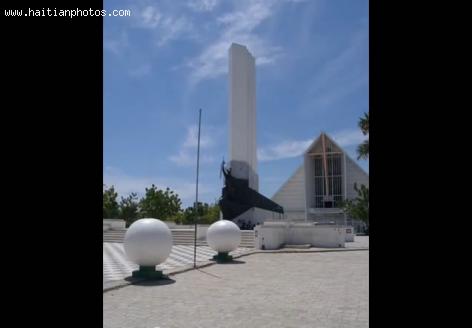
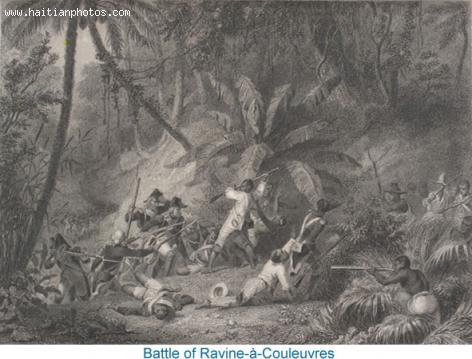
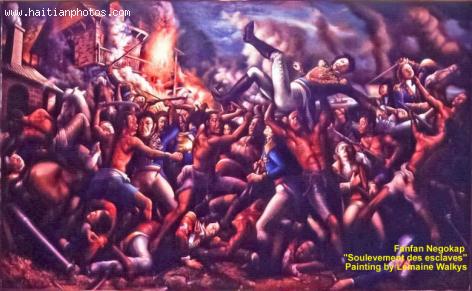
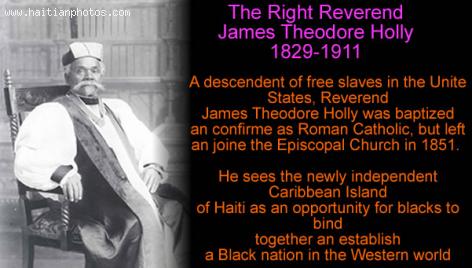
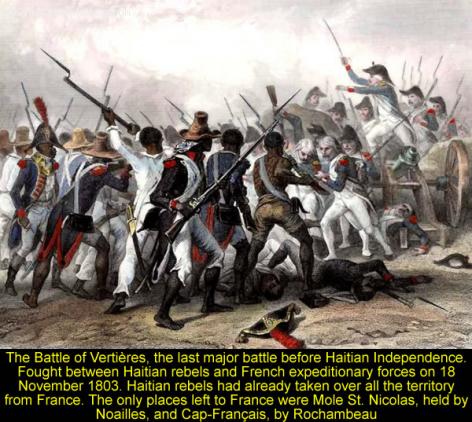

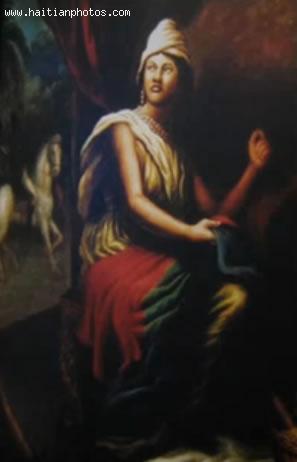

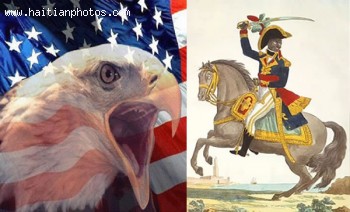
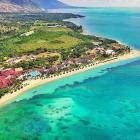 Royal Decameron Indigo and White sands
Royal Decameron Indigo and White sands  Gas Station In Haiti
Gas Station In Haiti  orphanage founder Michael Geilenfeld falsely accused of abuse
orphanage founder Michael Geilenfeld falsely accused of abuse  Partial list of privileges enjoyed by Government officials in...
Partial list of privileges enjoyed by Government officials in...  Haitians, the second largest black immigrant group in the US
Haitians, the second largest black immigrant group in the US 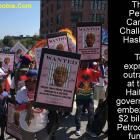 The Petro Caribe Challenge hashtag
The Petro Caribe Challenge hashtag  Port-au-Prince on fire over gas prices hike
Port-au-Prince on fire over gas prices hike  Haitiano-Japanese Naomi Osaka wins the US Open against Serena...
Haitiano-Japanese Naomi Osaka wins the US Open against Serena... 


